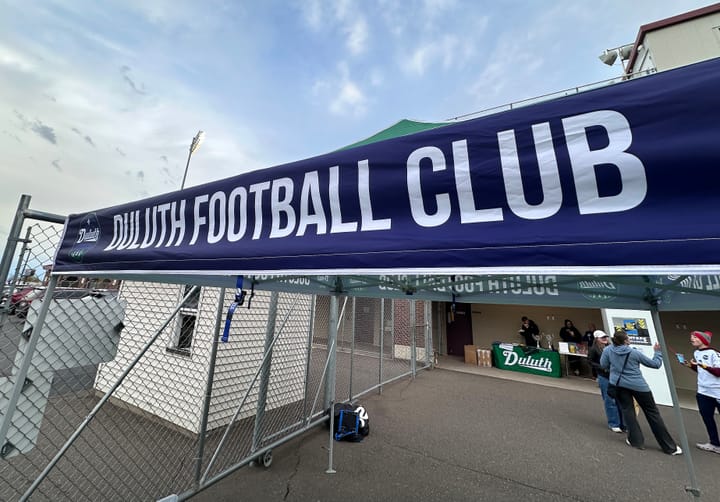Minnesota among states with highest average household income, highest racial inequality

By Madison McVan, Minnesota Reformer
Good news: Minnesota’s average income is in the top ten of U.S. states.
Bad news: The average yearly income — $72,062 in 2022, according to Bureau of Labor Statistics data — obscures big gaps between the rich and everyone else. Half of Minnesotans make $62,500 or less, for instance. And racial gaps are even starker, according to researchers at the Federal Reserve Bank of Minneapolis.
White Minnesotans in the middle quintile — the 41st to 60th percentile — earn an average of $46,000 per year more than the middle quintile of Black Minnesotans. That gap is among the six worst in the nation, according to the recent report.
Kevin Rinz, labor economist in the Center for Economic Studies at the U.S. Census Bureau and visiting scholar at the Minneapolis Fed, said focusing on income averages is misleading because we’re in a period of high income inequality.
So, for instance, the average income in a group that includes an unemployed person and Bill Gates would be several billion dollars per year, but that wouldn’t tell you much about the financial health of everyone in the group.
Nationwide, income inequality is growing. Wages have grown 145% for the top 10% of earners since 1980, while the bottom half of earners have only seen 20% growth during those years.
Most of the increase — even within the top 10% — is skewed towards the very highest earners, meaning mostly rich white people, according to the Fed’s analysis.
“This big divergence in top incomes is mostly about divergence in top incomes among white people,” Rinz said.
Rinz and his co-author John Voorheis used data from tax returns to analyze incomes. Using tax returns for this type of research is rare but “not unprecedented,” as the Internal Revenue Service has a stringent process for approving research projects, Rinz said.
The tax returns provided details on the highest earners. When income data is self-reported, high earners tend to underestimate their earnings, leaving off non-wage income like dividends and stock sales, Rinz said.
The tax return data also allowed Rinz and Voorheis to link income and demographic data at an individual level, shedding light on some details of income inequality.
Racial gaps revealed
The data show that racial income gaps are by no means a Minnesota-specific problem. White people in low-income states earn more than Black people in high income states, for instance.
Still, the racial income gaps in Minnesota are striking.
From 2015 to 2019 in the Minneapolis-St. Paul metro area, white workers earned an average of $79,000 per year, while Black and Latino earners made less than $50,000 per year, according to a Center for Economic Inclusion analysis of American Community Survey data.
One potential explanation for the gap in incomes in the middle quintile is the presence of large corporations in Minnesota, which provide well-paying jobs, largely to white people, said Tawanna Black, Center for Economic Inclusion founder and CEO.
“The income gap forces us to ask questions less so about workers, and more so about the actions of employers,” Black said. “And ask questions about where bias is showing up in employers who hire people for the same work and pay them differently for that work.”
Educational disparities and the fact that people of color tend to be younger in Minnesota contributes to income disparities as well, although Black says the racial income gap persists even among similarly educated people
Income for low-wage workers — those in the 10th percentile of hourly earners — grew 9% from 2019 to 2022 despite inflation, according to research by the Economic Policy Institute.
The Economic Policy Institute attributes that growth to pandemic-era policy initiatives like enhanced unemployment insurance, child tax credits and protection from eviction. The labor shortage, especially in low-paid jobs, also forced employers to raise wages.
Minnesota Reformer is part of States Newsroom, a network of news bureaus supported by grants and a coalition of donors as a 501c(3) public charity. Minnesota Reformer maintains editorial independence. Contact Editor Patrick Coolican for questions: info@minnesotareformer.com. Follow Minnesota Reformer on Facebook and Twitter.



Comments ()